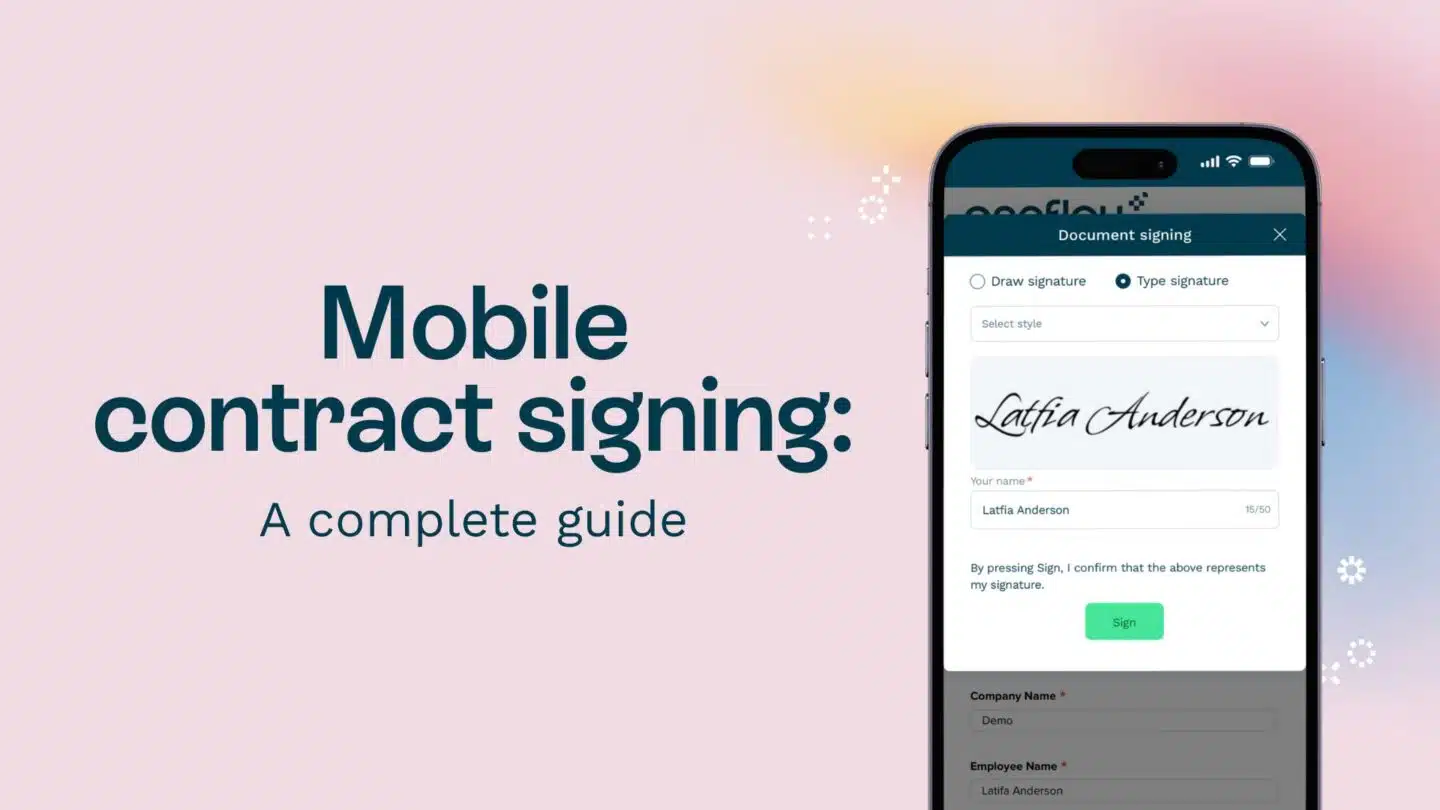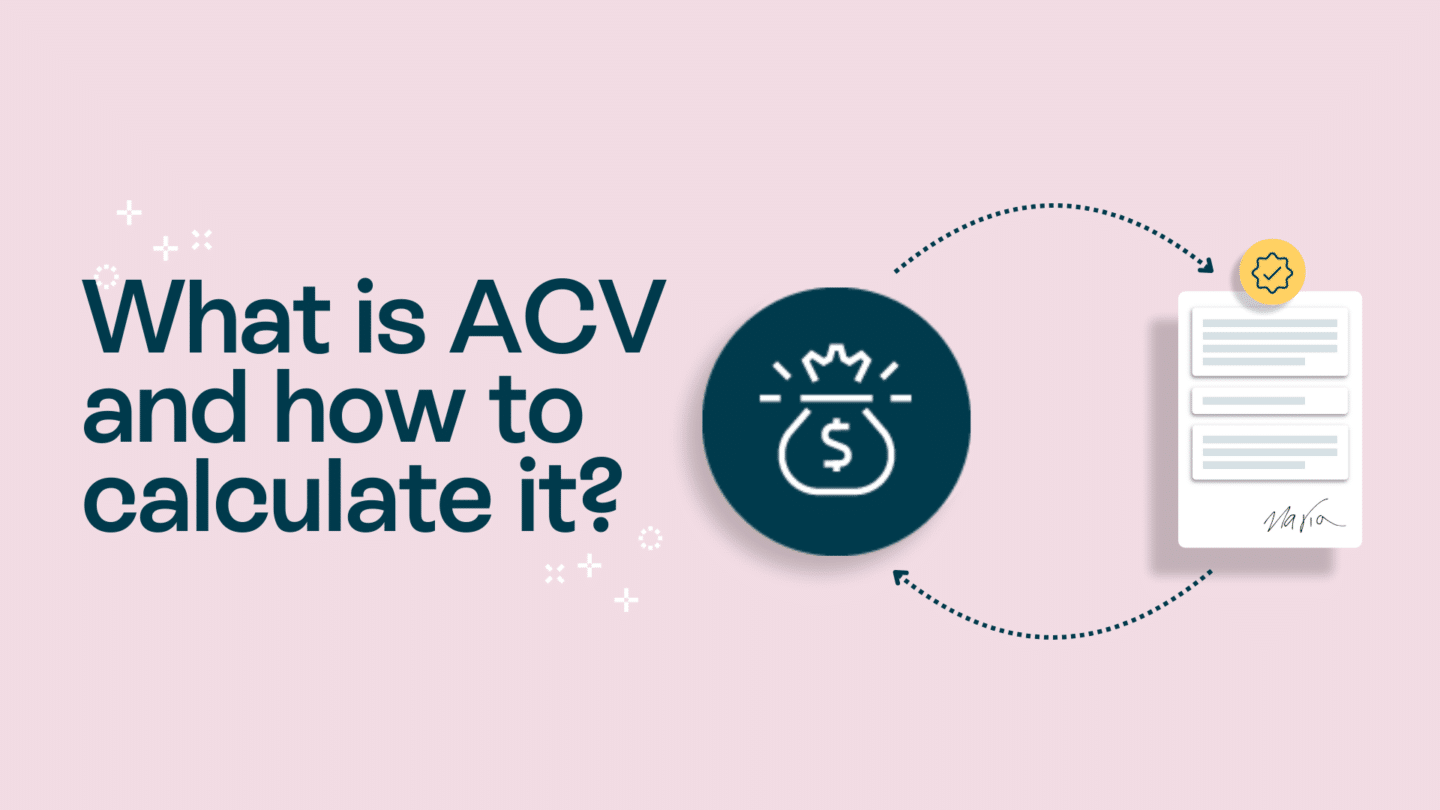Indirect sales can be a powerful and effective way for businesses to reach new customers and expand their market. In this quick guide, we will explore what indirect sales is, its advantages, and some strategies that can help you make the most out of this sales model.
1. What is direct vs indirect sales?
Before looking at indirect sales, it’s important to understand the difference between direct and indirect sales models. In direct sales, the company sells its products or services directly to the end consumer. This can be done through various channels such as company-owned stores, online platforms, or through a sales team.
In contrast, indirect sales involve utilising intermediaries or third parties to sell the products or services on behalf of the company. These intermediaries can include wholesalers, distributors, retailers, and even independent sales agents or resellers. The key distinction here is that the company does not directly interact with the end consumer, but rather relies on these channels or partners to reach them.
Direct sales offer companies more control over the sales process, as they are directly responsible for every aspect of the transaction, from marketing to customer service. This allows for a more personalised approach to selling, where companies can tailor their strategies to individual customers’ needs and preferences. On the other hand, indirect sales can provide companies with a wider reach and access to new markets that may be difficult to penetrate on their own.
One of the main challenges of indirect sales is maintaining brand consistency and ensuring that the message communicated to customers through these intermediaries aligns with the company’s values and objectives. Companies must carefully select and manage their partners to uphold their brand reputation and ensure a positive customer experience across all touchpoints.
Read also: Flow through the sales cycle

2. What is an example of an indirect sales model?
An example of an indirect sales model is the use of distributors. Let’s say you have a software company that develops a range of productivity tools. Instead of selling these tools directly to the end users, you decide to partner with several distributors who specialise in software solutions for businesses.
The distributors then approach businesses in different industries and offer your software tools as part of their comprehensive package. They handle the marketing, sales, and distribution, while your company focuses on product development and support. By leveraging the established networks and expertise of the distributors, you can quickly expand your customer base and increase sales.
Equally, an indirect sales model can also involve the use of resellers. In this scenario, resellers purchase your products at a wholesale price and then sell them to end customers at a retail price, keeping the profit margin as their revenue. This approach allows your company to reach a wider audience as resellers often have their own customer base and marketing strategies.
By working with resellers, you can benefit from their local market knowledge and established relationships, which can be particularly advantageous when entering new geographic regions or niche markets. Additionally, resellers can provide valuable feedback on customer preferences and market trends, helping you tailor your products and sales strategies for better success.
3. What are the advantages of indirect sales?
There are several advantages to utilising an indirect sales model:
- Market reach: Indirect sales allow companies to access broader markets and customer segments that they may not have been able to reach directly.
- Cost-effective: By working with intermediaries, companies can leverage their existing infrastructure, expertise, and customer base. This reduces the need for heavy investments in establishing new channels or hiring additional sales personnel.
- Expertise: Intermediaries often possess deep industry knowledge and expertise, making them better equipped to sell and support the product or service.
- Risk mitigation: In an indirect sales model, the risk is shared between the company and the intermediaries. If one distribution channel underperforms, the impact on the company’s overall sales is minimised.
Moreover, indirect sales can also lead to enhanced brand visibility and credibility. When a company partners with established intermediaries, it can benefit from the reputation and trust that these partners have already built with their customer base. This association can lend credibility to the company’s products or services, especially in new or unfamiliar markets.
Another advantage of indirect sales is the potential for rapid scalability. By tapping into the networks and resources of intermediaries, companies can quickly expand their reach without having to invest significant time and resources in building new sales channels from scratch. This agility in scaling operations can be particularly beneficial in dynamic or competitive markets where speed to market is crucial for success.
Read also: How to reduce the sales cycle with e-signatures

4. What are some great indirect sales strategies?
When it comes to crafting successful indirect sales strategies, here are a few tips to keep in mind:
- Choose the right partners: Look for distributors or intermediaries that align with your target market and have a strong track record in selling similar products or services.
- Provide training and support: Invest in training your intermediaries about your product or service, its benefits, and unique selling points. Also, offer ongoing support to ensure they are equipped to effectively promote and sell your offering.
- Incentivise your partners: Offer attractive commission structures or incentives to motivate your intermediaries to prioritise selling your product over others.
- Collaborate on marketing efforts: Work closely with your intermediaries to develop joint marketing campaigns and initiatives. This can help increase brand visibility and generate more leads.
- Regularly review and optimise: Continuously evaluate the performance of your indirect sales channels and make necessary adjustments to maximise sales and customer satisfaction.
Moreover, it is essential to establish clear communication channels with your partners to ensure alignment on sales goals and strategies. Regular meetings and updates can help keep everyone on the same page and address any challenges or opportunities that may arise. Building strong relationships with your intermediaries can lead to long-term partnerships and mutual success.
Another effective indirect sales strategy is to provide exclusive access to new products or promotions for your partners. By offering them early access or special deals, you can create a sense of partnership and loyalty, encouraging them to actively promote and sell your offerings. This exclusivity can also help differentiate your product in a competitive market, giving your partners an edge when engaging with potential customers.
The key takeaways
Indirect sales can be a game-changer for businesses seeking to expand their reach and tap into new markets. By leveraging the power of distributors, retailers, and other intermediaries, companies can benefit from increased market reach, cost-effectiveness, and risk mitigation.
But it’s essential to choose the right partners, provide them with ample support, and constantly optimise your strategies to ensure success in the indirect sales landscape. So, take the time to explore the potential of indirect sales for your business and unlock new growth opportunities!







